When do I transplant Asters?
emerogork
9 years ago
Related Stories
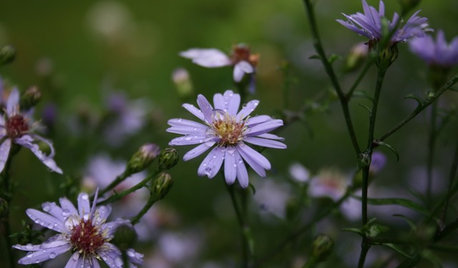
FLOWERS6 Overlooked Asters for Tough Spots
Whether your garden has baking sun or dry dense shade, boggy soil or sandy gravel, there's an aster for that
Full Story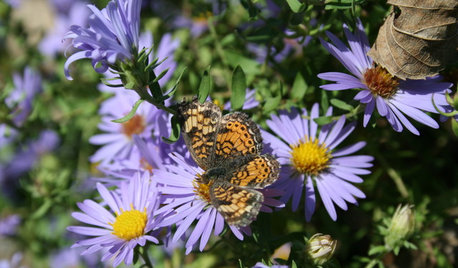
GARDENING GUIDESGreat Design Plant: Smooth Aster, the Wonder Pollinator
An insect nirvana with lovely near-blue petals, this low-maintenance aster strives to please
Full Story
GARDENING FOR BUTTERFLIESGreat Design Plant: Aromatic Aster Keeps on Blooming
Tough as nails, drought loving, a deep fall bloomer ... this aster is a champ in sunny gardens
Full Story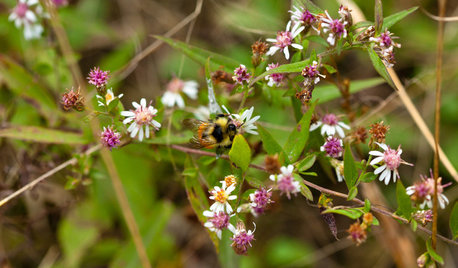
FLOWERS AND PLANTSCalico Aster Is a Shade-Loving Pollinator Nirvana
Plant Symphyotrichum lateriflorum, an eastern U.S. native, in summer for fall blooms that scores of wildlife species will love
Full Story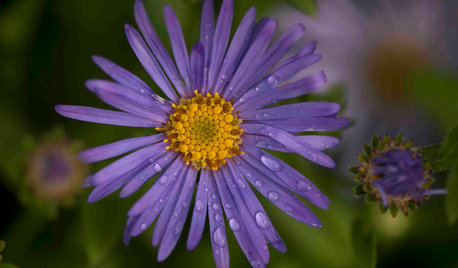
FLOWERSGreat Design Plant: Aster
Putting on a spectacular show in fall, asters in a rainbow of colors and a range of sizes are a versatile fit for any garden
Full Story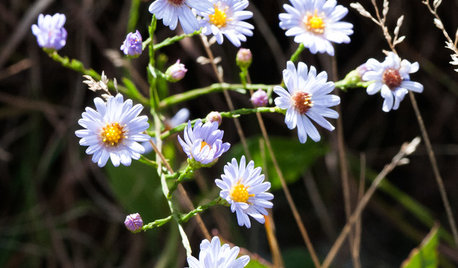
GARDENING GUIDESGreat Design Plant: Skyblue Aster (Symphyotrichum Oolentangiense)
This showy aster tolerates dry conditions and brings in the pollinators with its violet-blue flowers in fall
Full Story
PLANTING IDEASStretch the Budget, Seasons and Style: Add Conifers to Your Containers
Small, low-maintenance conifers are a boon for mixed containers — and you can transplant them to your garden when they’ve outgrown the pot
Full Story
GARDENING GUIDESHow I Learned to Be an Imperfect Gardener
Letting go can lead to a deeper level of gardening and a richer relationship with the landscape. Here's how one nature lover did it
Full Story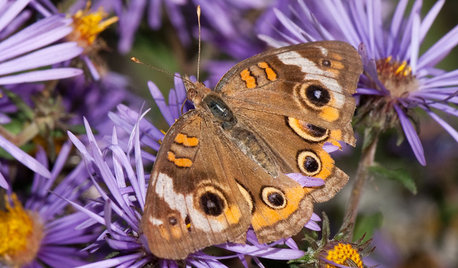
FALL GARDENINGGreat Design Plant: Symphyotrichum Novae-Angliae Ushers in Fall
With bold purple flowers easily accessible to pollinators, New England aster offers loads of interest in the autumn garden
Full Story
WINTER GARDENINGExtend Your Growing Season With a Cold Frame in the Garden
If the sun's shining, it might be time to sow seeds under glass to transplant or harvest
Full Story





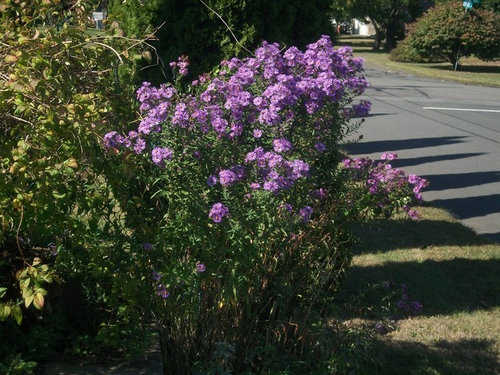
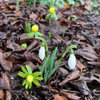
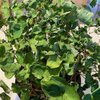
pitimpinai
sunnyborders
Related Professionals
Middle River Landscape Architects & Landscape Designers · Allentown Landscape Contractors · Dixon Landscape Contractors · East Patchogue Landscape Contractors · Gainesville Landscape Contractors · Golden Landscape Contractors · Kailua Landscape Contractors · Lake Saint Louis Landscape Contractors · Monterey Landscape Contractors · New Berlin Landscape Contractors · Olympia Landscape Contractors · Parkland Landscape Contractors · Santa Maria Landscape Contractors · Selden Landscape Contractors · Vancouver Landscape ContractorsUser
lilsprout
sunnyborders
emerogorkOriginal Author
sunnyborders
aftermidnight Zone7b B.C. Canada
User
sunnyborders